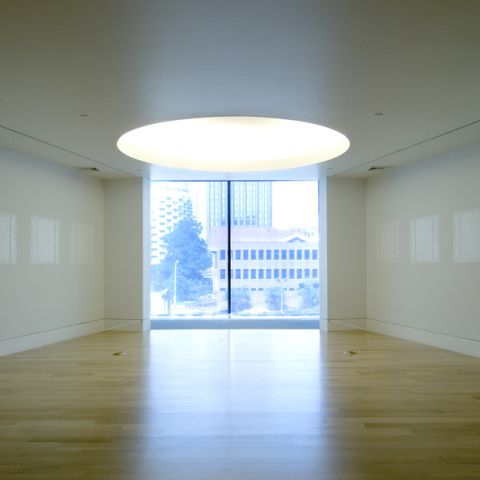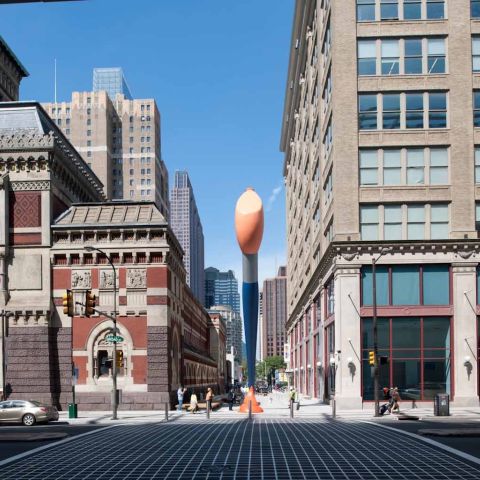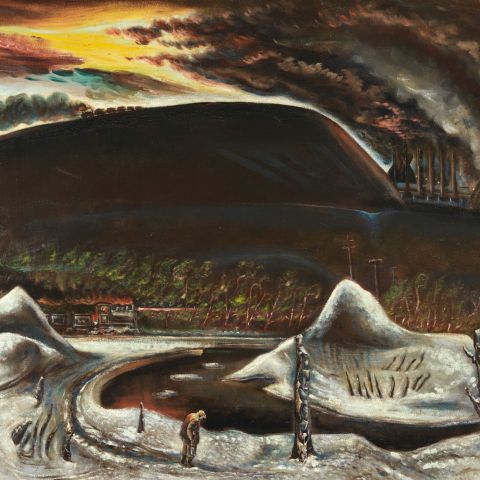Gardens on Paper
In conjunction with the exhibition The Artist's Garden: American Impressionism and the Garden Movement, 1887-1920, Gardens on Paper demonstrated how American artists’ fascination with horticultural matters spilled over from the canvas into works on paper. In these media, more than anywhere else, popular and artistic interests in garden subjects intersected. While prints and drawings circulated in fine art settings, works on paper were also disseminated through reproduction in mass circulation magazines and gardening books. In these publications, artists were able to bridge the divide between fine art and mass-media, reaching broader audiences through new reproductive technologies, such as modern chromolithography and early color photography. Garden books and magazines also invited collaborations between famous writers and artists.
Significantly, America’s burgeoning gardening craze was primarily promoted by women cultural creators—artists, writers, and gardeners—who found in it an opportunity to enter the public sphere as professionals and advocates for a wide range of social issues. On and off the page, the art of gardening gave many middle-class Americans both an appreciation for natural beauty and an awareness of dynamic Progressive era social values.
One exciting feature of this exhibition was a rediscovered set of Autochromes—the earliest method of color photography—by artist Thomas Shields Clarke of his Fernbrook gardens in Lenox, Massachusetts. Because these glass plates cannot be exposed to light long-term, PAFA is thrilled to bring them to you HERE. The exhibition also featured reproductions with back-lighting allowing visitors the chance to see how these glass plate Autochromes would have appeared when viewed through their standard viewing device—the diascope.


